Mark Carney, head of Canada’s Liberal Party, won his first election to remain the country’s prime minister after their April 28 parliamentary election. His winning campaign was primarily focused abroad: The platform revolved around a strong anti-Trump agenda, promising to protect Canadians from whatever changes might result from Trump’s presidency in the United States.
Since taking office in January, U.S. President Donald Trump has imposed tariffs on Canada amounting to 25% on all goods sent to the U.S., with a lower 10% rate for energy products while threatening Canadians with annexation via repeating his intent to make the country the “51st state.” Because of these threats, Carney’s political platform was built around his anti-Trump stance, and it is highly likely that without Trump being as harsh to Canada as he has been, Carney would have lost the election.
Carney has made his position on Trump clear: he has promised to protect his people from Trump’s threats and vowed to reduce Canada’s reliance on the U.S. for trade. Carney’s former roles as the head of both the Bank of Canada and the Bank of England gave his supporters strong trust in his ability to handle the economy and bring Canada through this tumultuous period with their largest trading partner. He seeks to be a role model for the rest of the world to reduce reliance on the U.S. and wants to foster stronger trade connections with Canada’s European and Asian allies. Carney has publicly condemned the U.S. tariffs as being mutually hurtful for both Canadians and Americans. He has also stood firm on the idea that he is willing to work with Trump to find solutions, but only if the U.S. president ends his threats on Canadian sovereignty.
Canada’s election system does not elect a head of state like in the same way voters elect a president in the U.S. — Canadians pick which party they want to have their seat in parliament, and the leader of the party that holds the most seats becomes prime minister. After Justin Trudeau, ten-year figurehead of the Liberal Party and Prime Minister of Canada, stepped down from the role in January, Carney filled the office temporarily until this recent election. Carney still needed to win the April 28 election in order to keep his seat for a full term.
Mark Carney headed the Liberal Party in this election; his main opponent was Pierre Poilievre of the Conservative Party. Both parties increased their representation in Parliament, earning 11 and 17 more seats than last election respectively. A few minor parties also won seats, but their totals decreased from the previous government. The Bloc Québécois went from 33 to 22 seats, the New Democratic Party (NDP) fell from 24 to seven seats, and the Green Party dropped from two to one. Carney’s Liberals won the most seats in Parliament with 169 seats, while the conservatives won 144. Even with the most seats, the Liberal Party is still short of the 172 needed to reach a majority. This means they will be forced to form a minority government, in which they will need to partner with other, smaller parties (most likely the NDP) in order to achieve the majority vote needed to get their views passed into law.
Carney’s opponent Poilievre centered his platform around building a stronger and more independent country, campaigning with the slogan “Canada First.” This strategy seemed to work well in the beginning of his campaign, gaining his party a lead over the Liberals of almost 30 percentage points by January.
This lead changed greatly after Trudeau resigned in January and when Trump began to announce his tariffs soon after. Trudeau was widely viewed as weak and having his best days as prime minister behind him, so seeing Carney take control shifted momentum away from the Conservatives. Many also saw the party as lacking a true plan on how to deal with Canada’s changing role in the world and how to decrease reliance on the U.S. The “Canada First” campaign also worried some voters with its similarity to Trump’s own “America First” motto. Poilievre not only lost the race for prime minister, but also lost his own seat in parliament after holding it for 20 years.




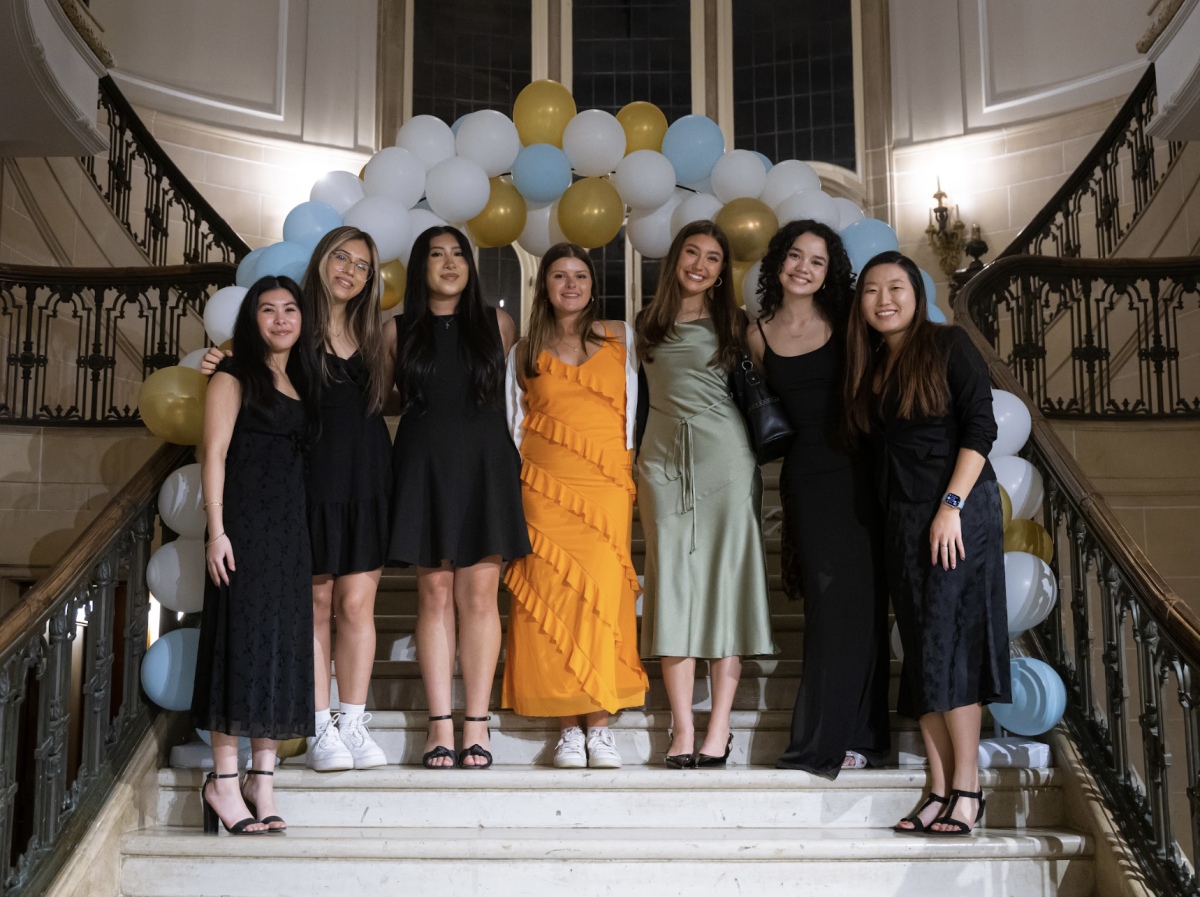
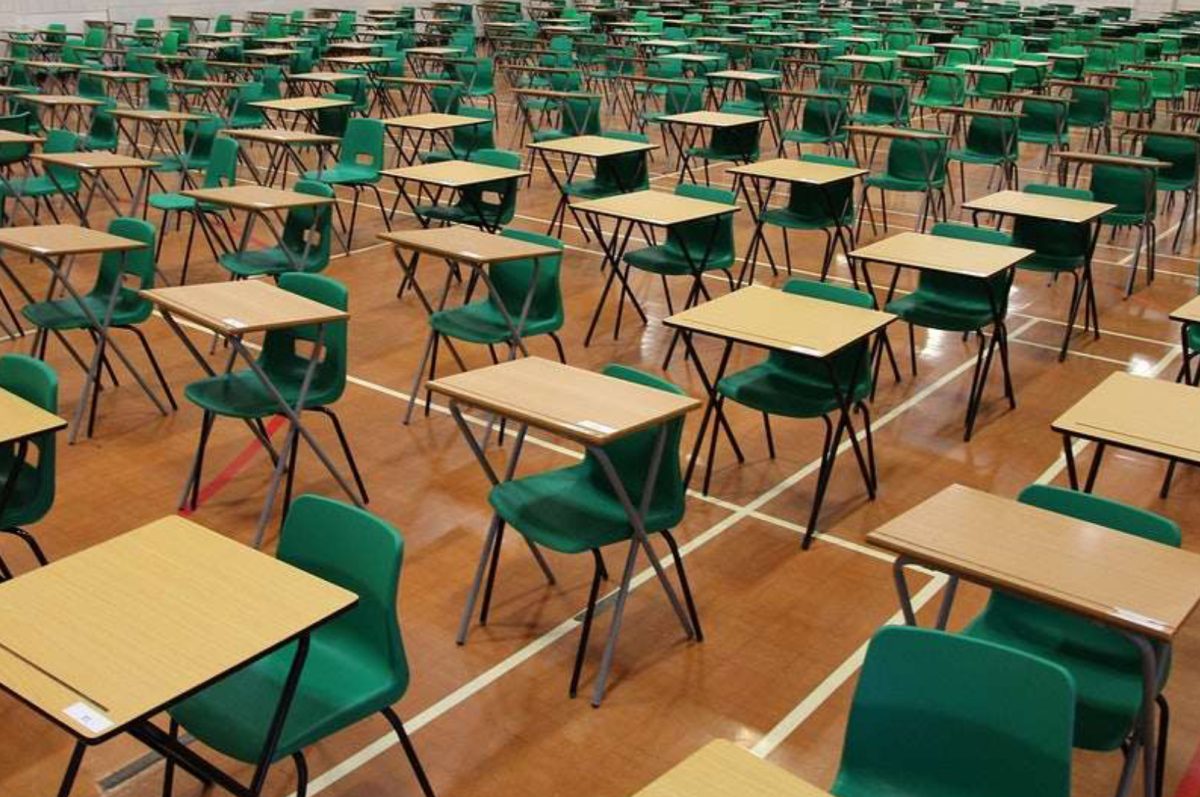
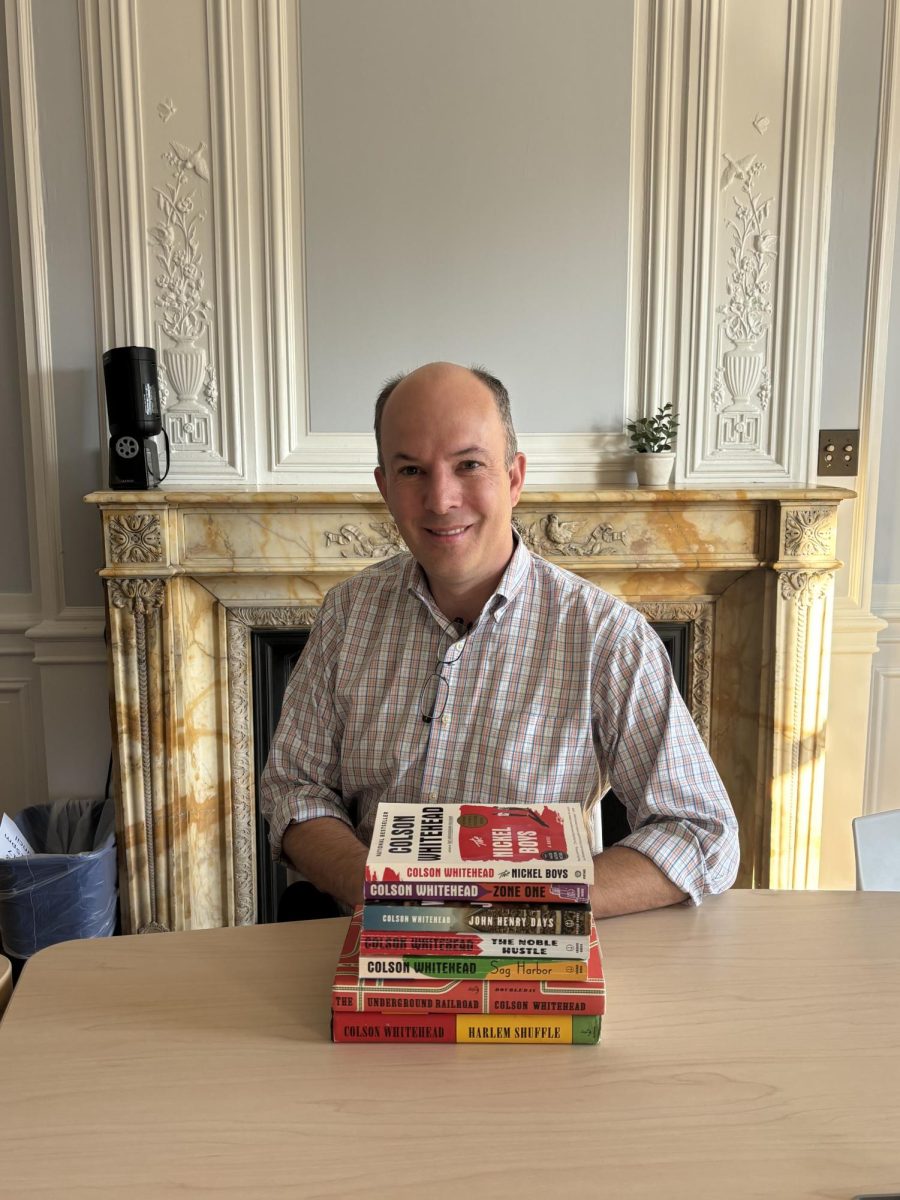



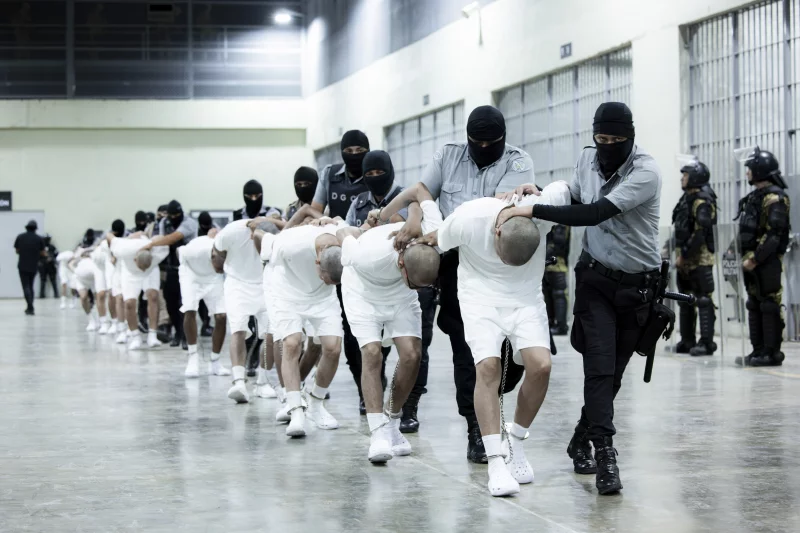
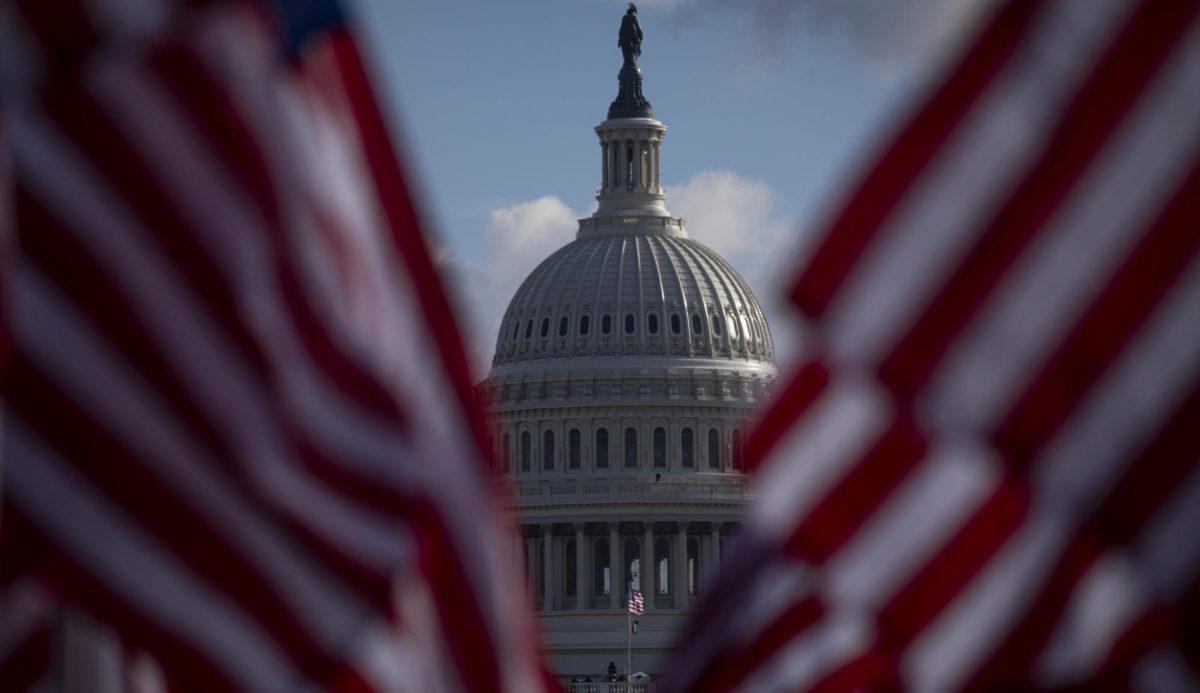


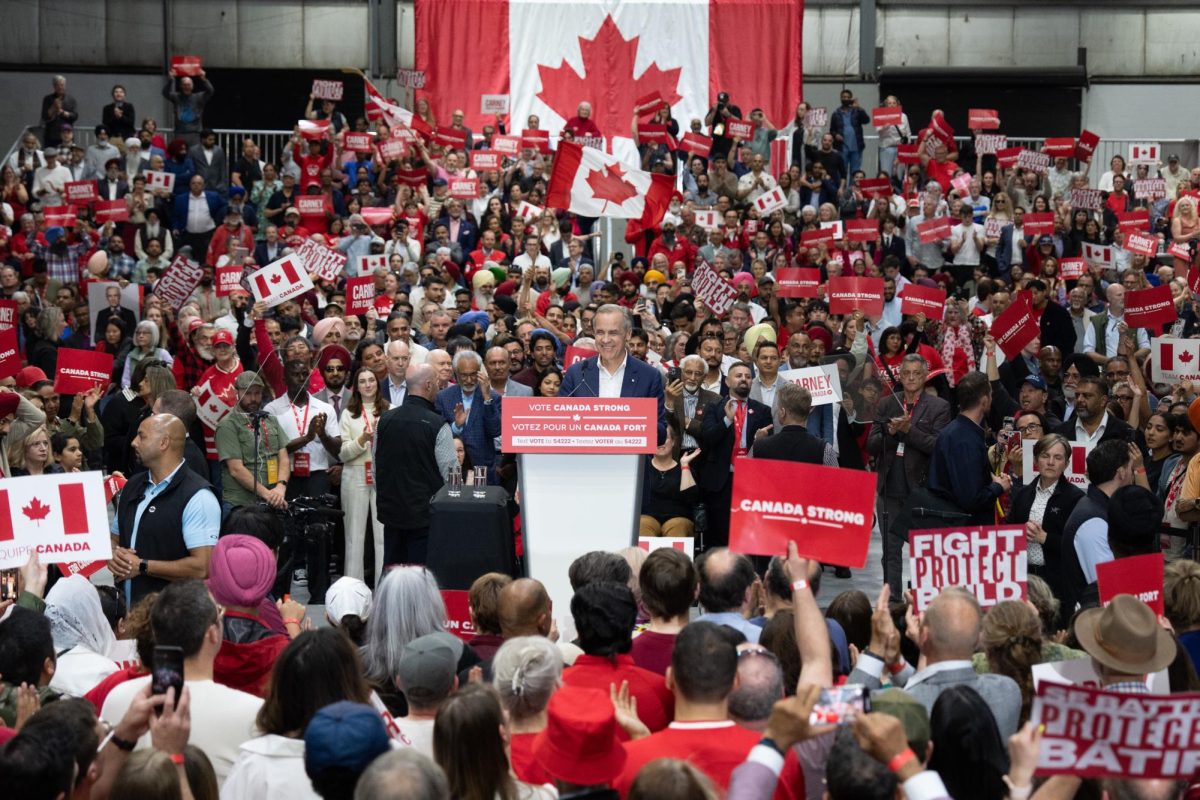











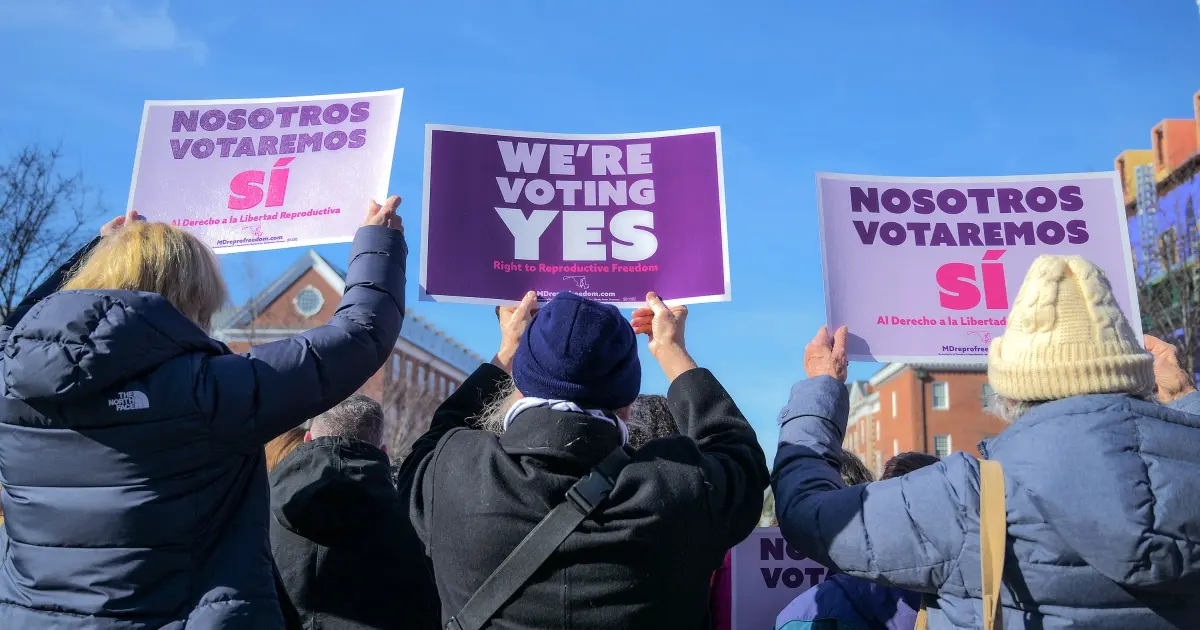
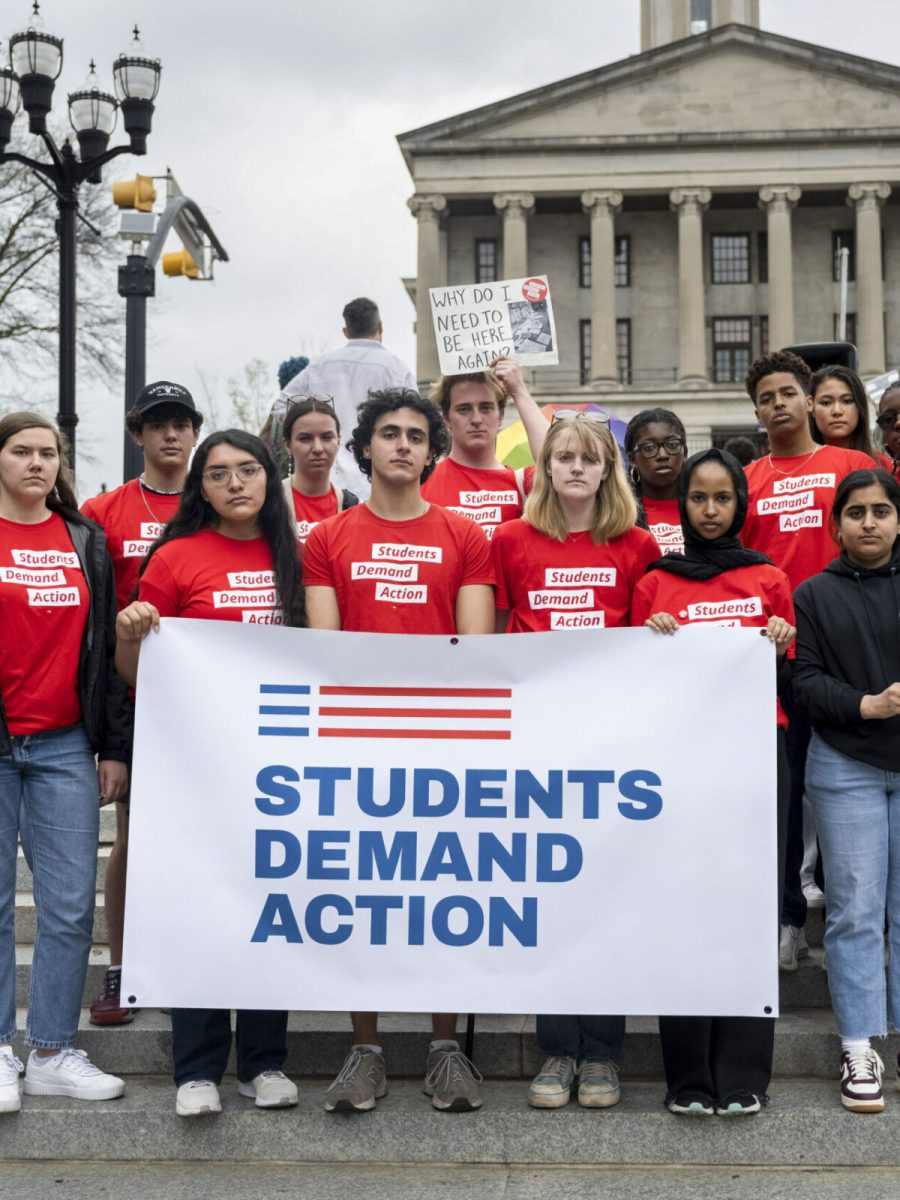
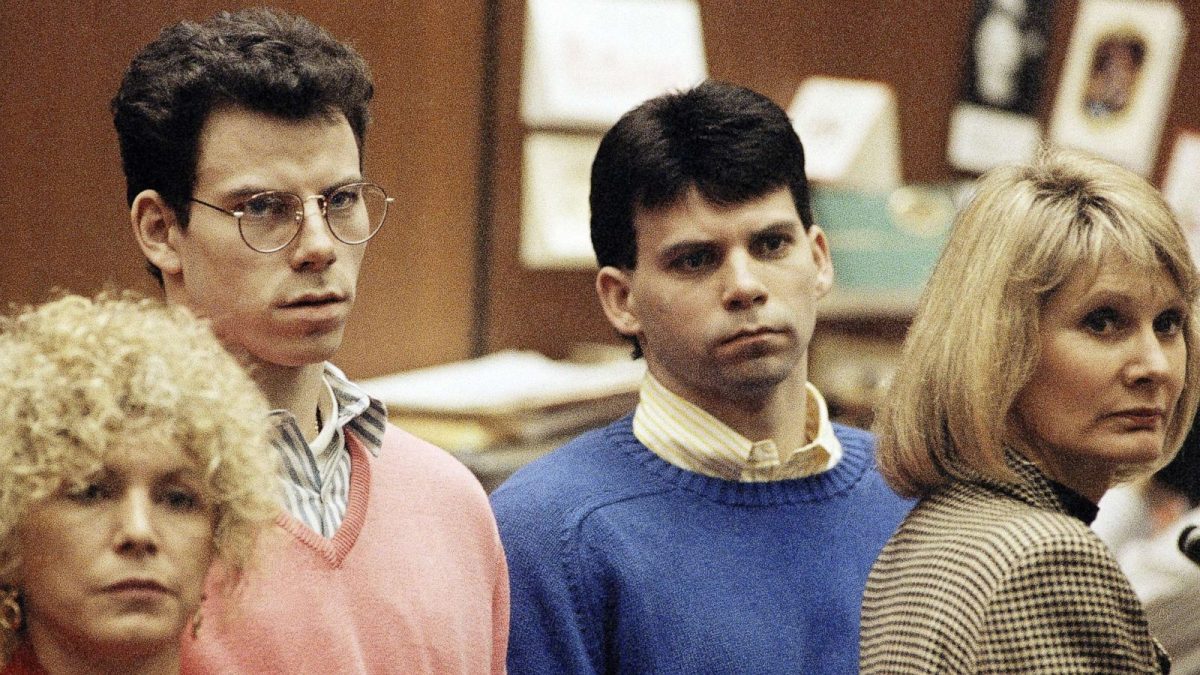

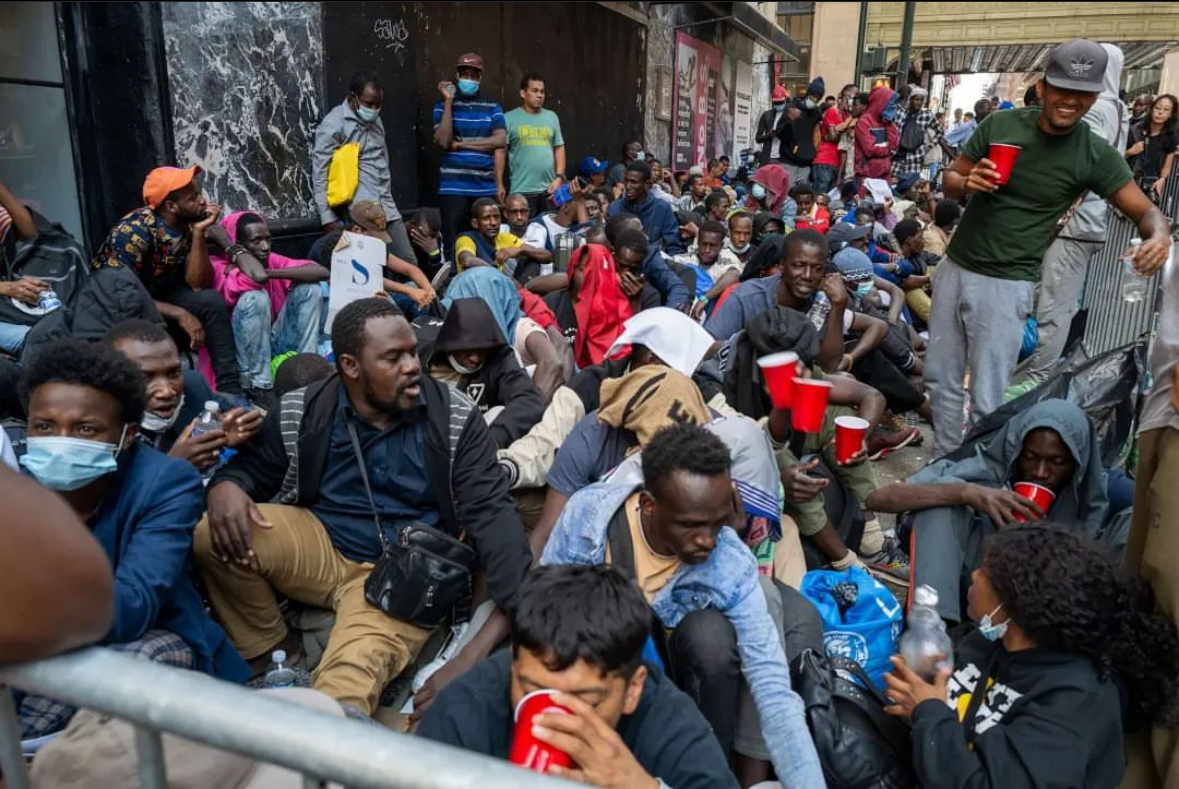
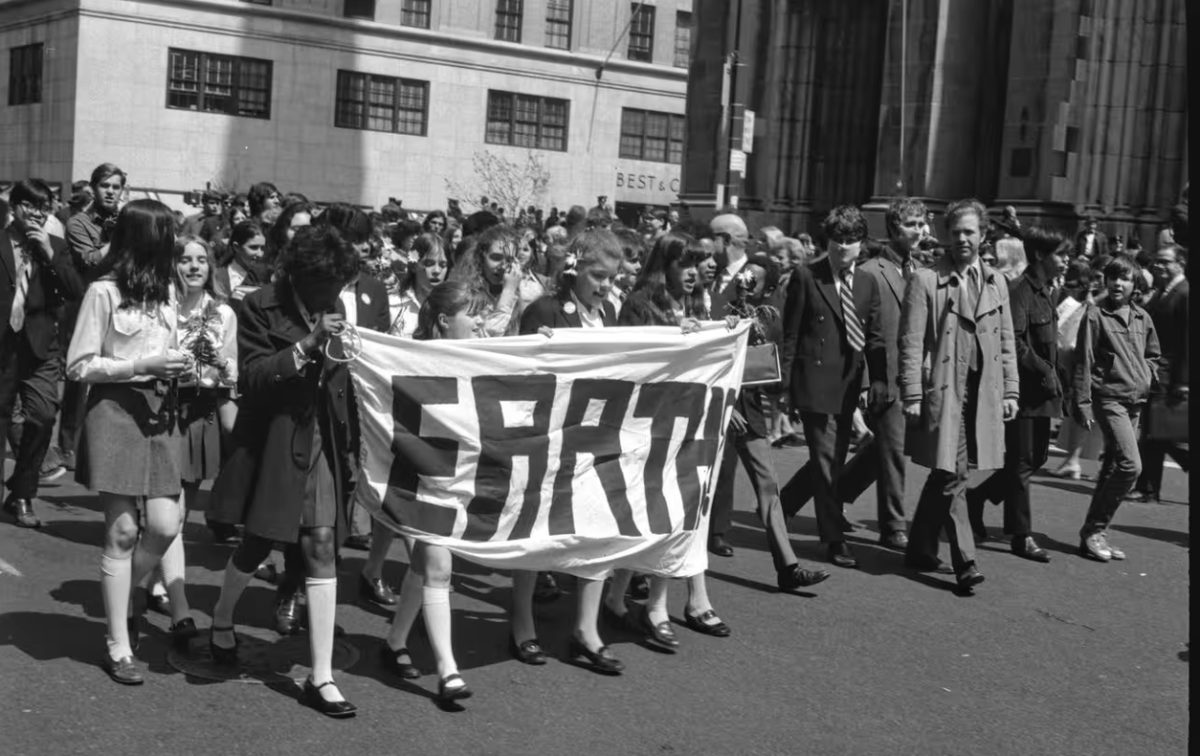


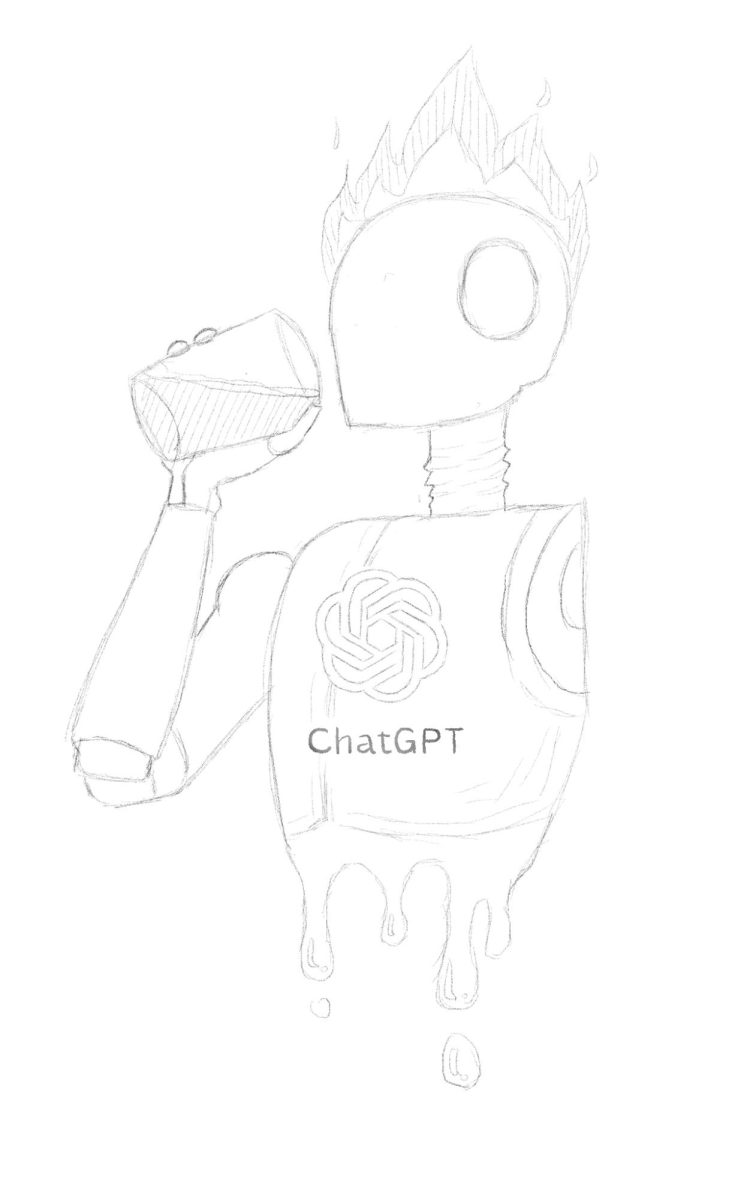
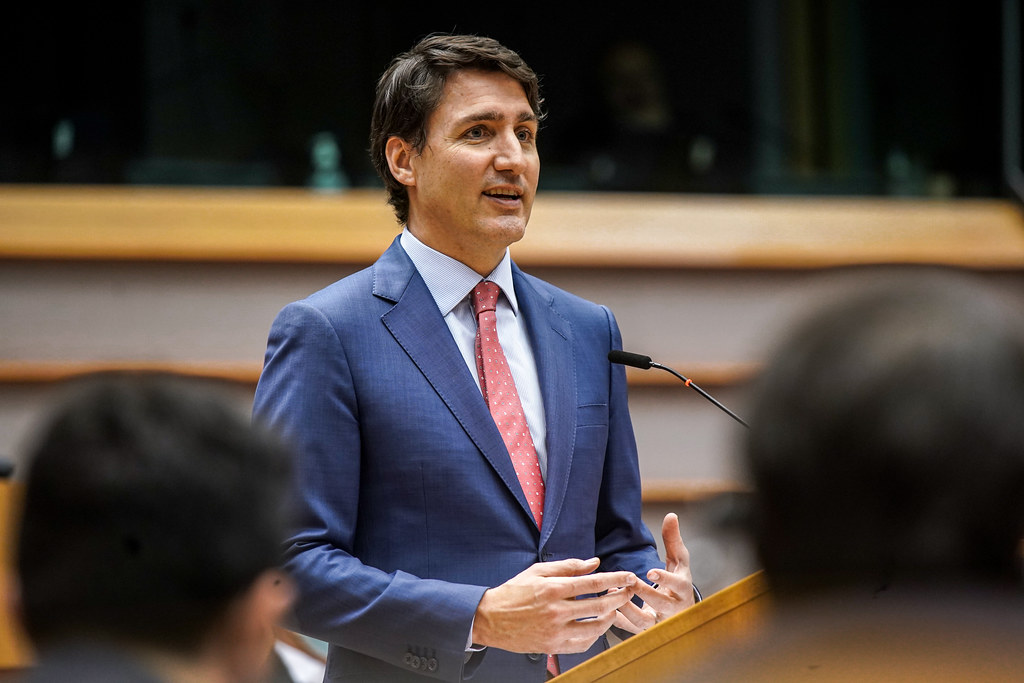

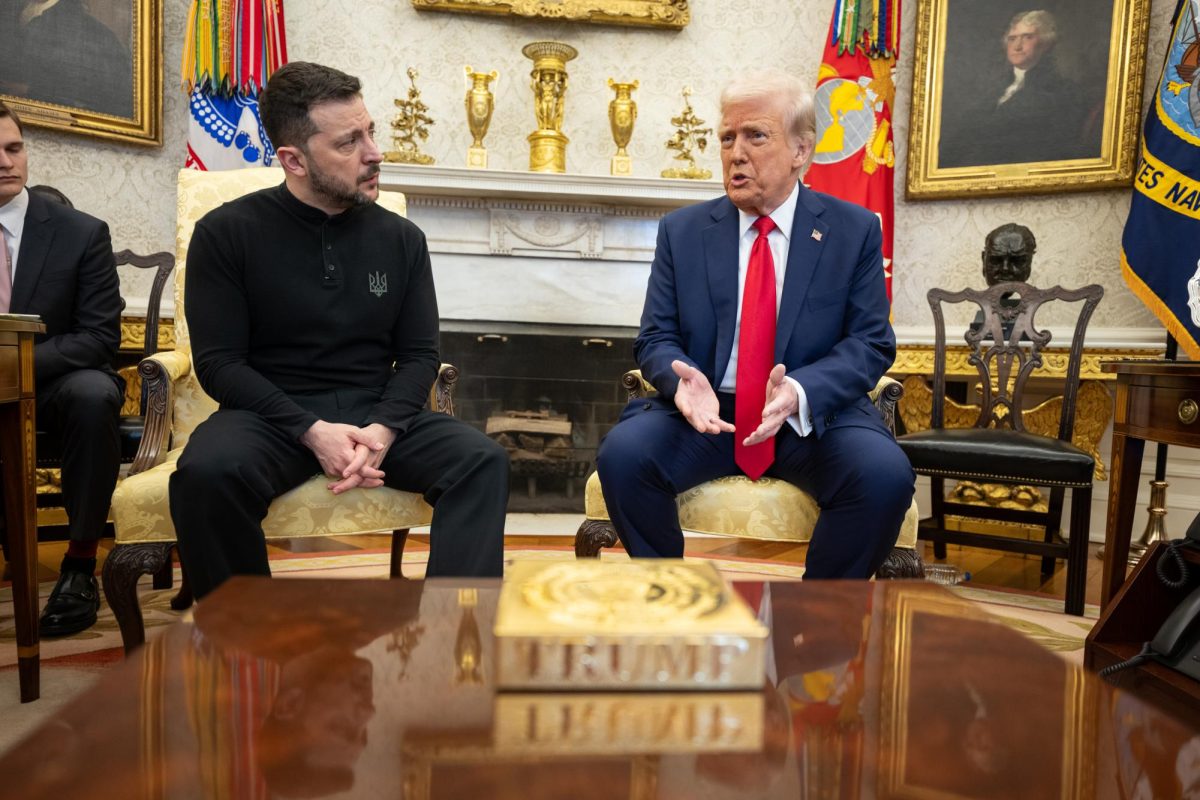


JM • May 7, 2025 at 5:02 pm
Well written!